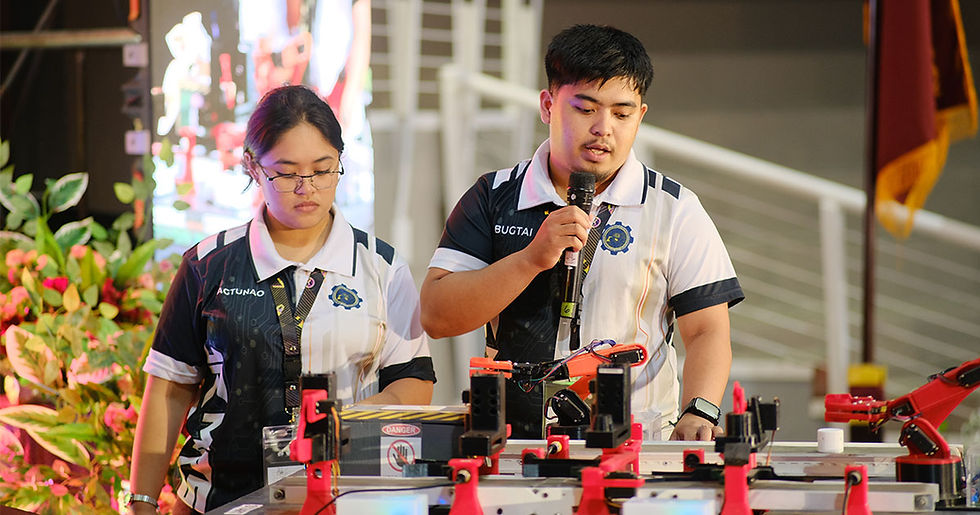Water fittings on the fly
- Field Ready

- Apr 15, 2016
- 2 min read

For the last five months, Field Ready has been exploring how best to introduce 3D printing in the field as a way to address supply chain issues in Nepal after the earthquake last year. This would allow specific parts to be quickly created as and when needed. One of the major challenges we have faced to date is the fact that creating the files needed to print parts is a difficult task, requiring a high degree of both engineering and computing proficiency (not many aid workers know how to use 3D modelling software!) which limits the extent to which the technique can be adopted by the wider aid community.
To remedy this, we are working with a team of Computing Science Masters students from Imperial in London to create a laptop application which largely automates the 3D design process. As part of their final year project work, the team are putting together a piece of software in which users can select the type of item they require, specify the dimensions needed and then just hit ‘go’ resulting in an STL file ready to send straight to the printer. The goal is to make this as simple and intuitive as possible, with no reliance on internet connection, making the benefits of 3D printing technology accessible to a much wider group of aid workers and communities.
To begin with the application will be used to generate water pipe fittings, which we have already identified as an urgent priority. At present these are often not available when needed, and the improvised alternatives which aid workers are forced to adopt risk both leakage and water contamination, with potentially severe consequences. Longer term, we plan to extend the platform to other critical and sometimes hard-to-find items, particularly those required for healthcare purposes.

_edited.png)




Comments